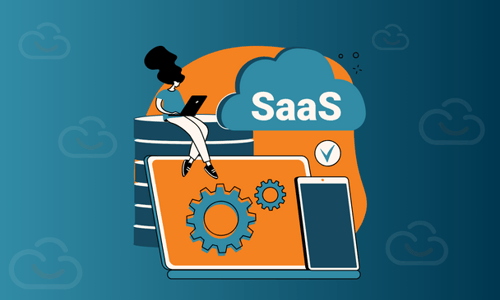“It’s not secure. Compliance concerns are too great to risk. We must be in control. Isn’t there an unacceptable risk of downtime? What happens as we grow – will the solution scale and perform acceptably? In the long term isn’t it more expensive than simply purchasing software?
ITSM SaaS maturity
This is the sound of a typical discussion about SaaS, around 5 years ago, when Sunrise first offered a Cloud platform as an alternative to an on-premise implementation of service desk software.
Now, I would say that SaaS is the main choice for our customer base; it’s certainly made itself a lot more acceptable and is 100% here to stay. In the last 18 months, the majority of new clients have selected the Cloud model, while increasingly, established ‘on-premise’ customers are converting their existing instances onto the Cloud based model.
So, what do we all know now that we didn’t then?
Well, we’ve experienced first-hand the confidence that comes from implementing software applications on a world class infrastructure. When Sunrise launched its Cloud offering, we researched the best of the best, to find a 100% reliable partner upon whom we could stake our name. Selecting IBM Cloud for Sunrise ITSM SaaS has proven to be just as we’d hoped. IBM carries compliance certifications that meet every requirement a customer has requested, including financial institutions which are notably (and quite rightly) highly regulated and risk-averse.
Uptime was of course a huge point of discussion back then; hopes were pinned on SaaS but the proof was in the pudding, as it were. When clients are used to the control of their own infrastructure, Sunrise had to be confident that our SaaS platform would be as good, if not better than expected. We chose to contractually promise 99.925% uptime (higher than the industry average for ITSM) for our SaaS clients and delighted to say that we have surpassed this in the 12 months to end Sept ’19, providing uptime of 99.999%. The numbers speak for themselves; with more and more SaaS applications in the business and consumer mainstream, this is less of a discussion point now, if of no less importance.
Which brings us to ‘control’ or management of the system. This can be a sticking point for IT departments who may – understandably – mistrust handing over some technical aspects of their job to Sunrise, the vendor. In practice it covers a broad area; initial ‘installation’ of a vanilla ITSM SaaS system, before customisations is undeniably faster to get up and running than with on-premise installations. This often means that the project teams can get on with the task of agreeing detailed requirements, design, build and test activities rather than waiting for infrastructure to become available. It’s important to create and maintain project momentum and enthusiasm.
Ongoing maintenance has proven itself as a significant factor in the success of the SaaS model. An estimated 60%+ of on premise customers are behind their vendor’s current version by one or more releases, at any point in time. There may be many reasons for this from customer to customer and from vendor to vendor – but it’s generally not a good place to be. The latest versions are very usually the most secure, the best performing and the most functional. Upgrades for most organisations require careful planning of any potential downtime and mitigating risk, sometimes co-ordinating new hardware purchases in parallel. Suffice to say, a seemingly minor patch release doesn’t get high priority, subsequent small releases are ignored and before you know it, the organisation is unfortunately in no shape to upgrade and take advantage of significant new releases. It happens all too often. Compare this to SaaS, where the vendor schedules upgrades within known and minimally disruptive windows and the benefits are evident. As Mike Jones of wealth management company Charles Stanley – a long time Sunrise on premise ITSM customer who migrated to SaaS – says, “SaaS means I can let the experts deal with the support and maintenance, while my guys can focus on helping the business.”
And notwithstanding the benefit of vendor management of upgrades and software releases, Sunrise SaaS offers rock solid Disaster Recovery and Business Continuity from world class IBM data centres, that are only located in the UK.
Finally, I remember in the early days of SaaS, a common-held belief that the software may be ‘dumbed down’ while on- premise alternatives were fully featured. I think that time has absolutely proven otherwise here; Sunrise is fully committed to SaaS in the long term and our experience of migrating customers from on-premise to the managed Sunrise IBM Cloud may have required a little sensible planning to migrate, but have seen minimal negative impact.
We’ll keep you updated on what happens in the next 5 years.




.png)
